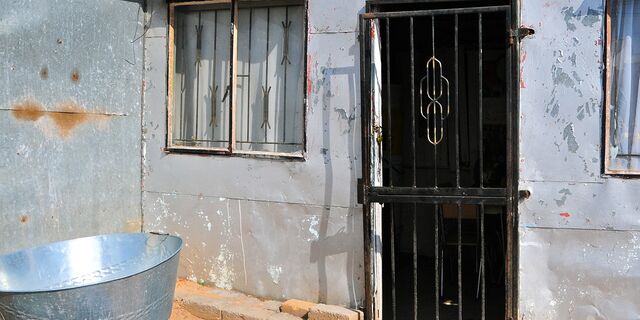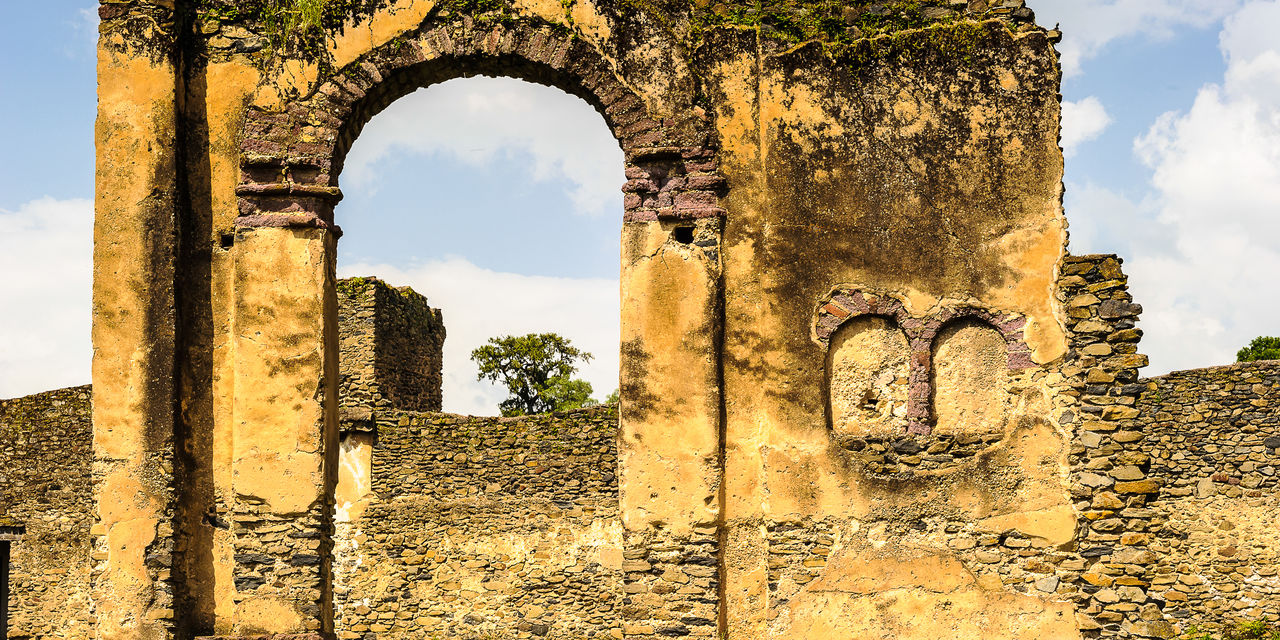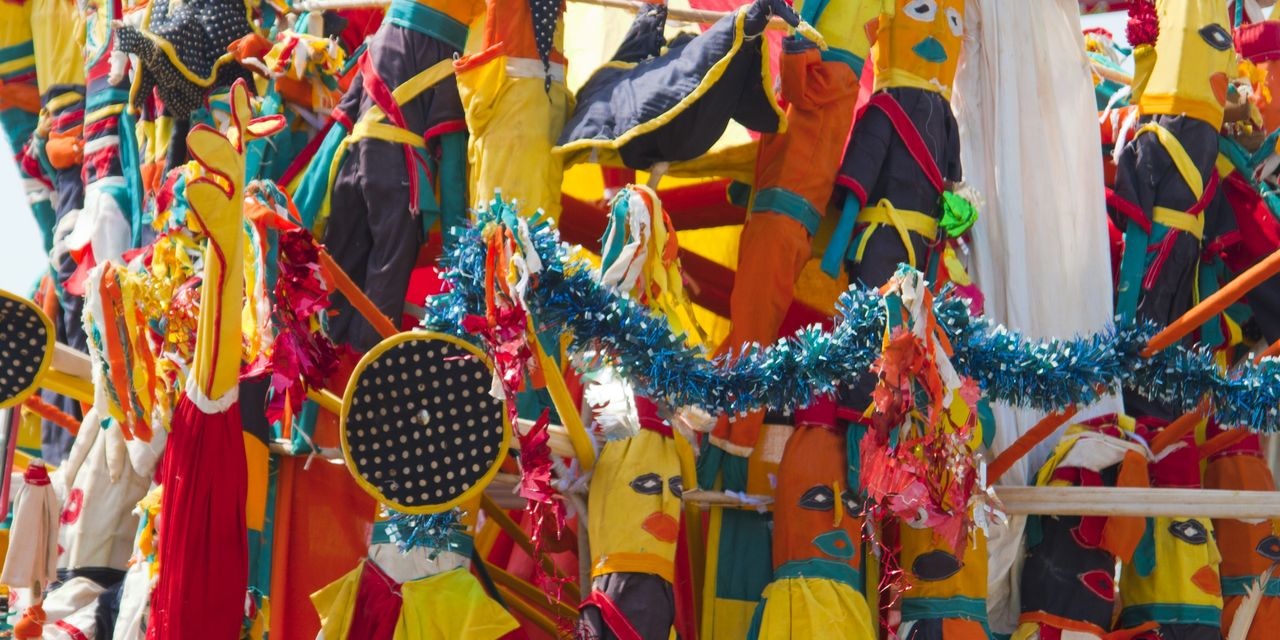Underground spectacle
More than 500 hominids have since been found here. In 2000, UNESCO added Sterkfontein and the adjacent area to its list of World Heritage Sites. There are a total of 6 caves in Sterkfontein, filled with beautiful stalagmites and stalactites. The largest cave, the Hall of Elephants, is 90 metres long and 23 metres high and contains an underground lake. The caves are located in the large Isaac Edwin Stegmann nature reserve. A guided tour is offered every half hour from Tuesday to Sunday between 9:00 am and 4:00 pm.

Mrs. Ples on display
The excavations in ‘The Cradle of Humankind’ give an insight about life in the Stone Age and the Iron Age. Homo Ergaster, for instance, an extinct species of early human very similar to Homo Erectus, used stone tools as far back as 1 million years ago. The Greek term ‘ergaster’ means ‘worker’ and refers to the tools found together with the fossils. The fossils and finds from this area can be seen in the Ditsong National Museum of Natural History in Pretoria. This stately building with a long colonnade can be seen from far off – as can the giant skeletons of dinosaurs and a whale in the museum park. Dozens of fossils, skeletons, hides and stuffed animals are on display, including an elephant. But the museum’s greatest pride is undoubtedly the skull of Mrs. Ples.























